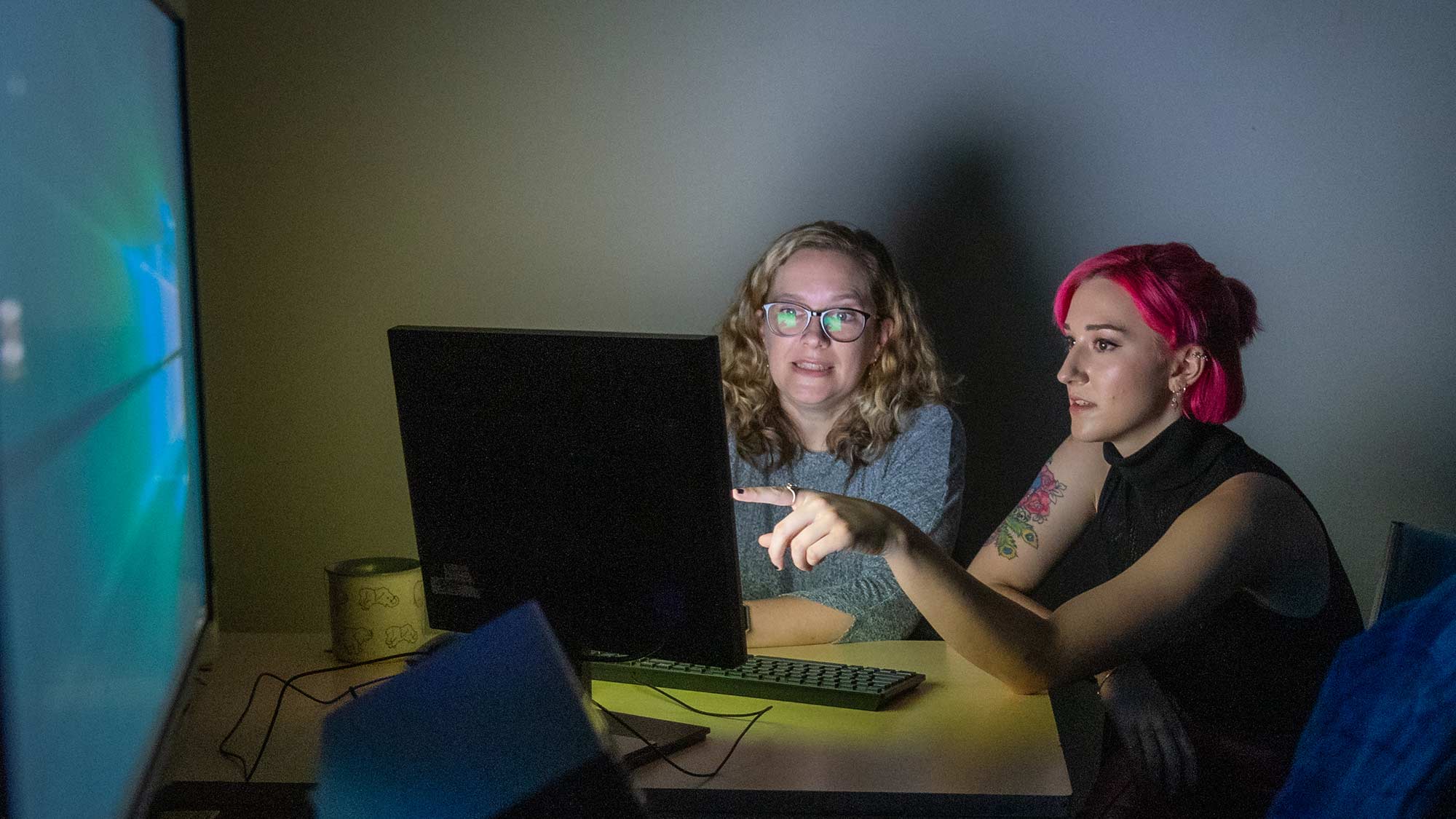English language learners (ELLs) comprise over 10 percent of the nation’s public schoolchildren, traditionally receiving in- or out-of-classroom support in English-only schools. A smaller but growing percentage attend bilingual schools, alternately learning in English and their native language — most commonly Spanish in the United States. As part of a first-of-its-kind longitudinal study funded by the National Science Foundation, Psychology Professor Alena Esposito seeks to answer: Which practices work best for bilingual schoolchildren?

Does using two or more languages help schoolchildren learn?
“We tend to see two recommendations in public schools: Either you’re completely separating the languages or you’re using all the languages available for the student,” says Esposito, a developmental psychologist, expert on bilingual education, and former kindergarten teacher. “Neither recommendation has empirical support beyond a few case studies.”.
Historical guidelines for bilingual education in the U.S. are based on English/French dual-language programs in Québec. “Our population of students in bilingual education in the U.S. is very different from the students they are typically teaching,” Esposito notes.
In the NSF study, Esposito and her colleagues at North Carolina State University, Greensboro, and the University of Massachusetts-Lowell, are examining—and more importantly, measuring—which language practices are associated with the best student outcomes in racially, ethnically, and linguistically diverse bilingual schools in the U.S.
The researchers especially want to know the effectiveness of teachers adopting flexible “trans-languaging or bridging” practices, where they might use two or more languages “to help make sure that the content is understood by students,” she says.
The five-year study focuses on cohorts of “emerging bilinguals” or “emerging multilinguals” from kindergarten through fourth grade. Their schools include both bilingual education and “sheltered English immersion” (SEI) programs—where ELL instruction is offered to students in a classroom (“pull in” support) or students receive ELL support outside of class (“pull out”).

